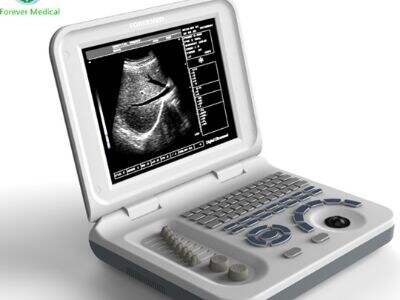Disinfection and sterilization of endoscopic equipment are crucial in ensuring the safety and health of patients. Endoscopic means the tech can help doctors see inside the body to find problems. If not cleaned well these tools can spread germs and cause people to fall ill. In this guide, we are going to cover the proper way to clean and sterilize endoscopic equipment.
7.4 Understanding of cleaning process of endo vascular & endoscopic equipment.
↳ Step1: Cleaning the EndoscopeDry cleaning step:Initial Glow Cleaning:Use warm water to rinse the endoscopic equipment. It will assist in eliminating any grime or dirt. Do it gently so you won’t ruin the tools.
If so, then use a mild soap or detergent to clean the equipment. This doesn't apply only to the basin; it applies to everything within it, and to those small pieces, too, all of which need to be scrubbed to remove germs.
Rinse the equipment again with warm water to remove any soap.
After cleaning, immerse the endoscopic instruments in disinfectant detergent for the time specified. This will destroy any germs that are on the equipment.
Finally, rinse the tools once more with sterile water to remove disinfectant.
Significance of appropriate sterilization methods for endoscopic devices
Endoscopic tools are very susceptible to the risk of infection and so long as proper sterilization techniques are not used then the endoscopic steel tools will not be sanitized enough. Sufficient cleaning of the equipment can leave behind the bacteria and viruses onto tools that can be transmitted to patients. That can lead to some serious health issues. If doctors take the correct sterilization steps, they can ensure their patients are safe throughout medical procedures.
Summary of the article: How to maintain a clean endoscope.
、 Keep your endoscopic instruments clean
Wipe down the equipment after each use to prevent germs from accumulating.
This prevents the tools from getting filthy, store them in a clean, dry place.
Inspect the equipment for any signs of damage or wear on a regular basis
Instructions to clean and sterilize the tools.
Train all staff (front and back of house) on how to properly clean and sterilize surfaces to maintain consistency.
Keep Patients Safe with Good Clean Practices
All medical facilities need to take the utmost care with cleaning practices to keep their patients safe. By adhering to strict cleaning and sterilization protocols, hospitals and clinics are able to prevent infections and keep patients healthy. The endoscopic equipment that is sterilized and disinfected is extremely significant, being used for a multitude of exams and surgical procedures. Physicians and healthcare workers must be vigilant about their sanitation in order to ensure the safety of their patients.
Sterilization Techniques
Endoscopic equipment can be sterilized through numerous means. Here are some common methods:
Steam sterilization: People use high-pressure steam to kill off the germs on the tools.
Ethylene oxide sterilization: This process cleans the equipment using a gas.
The other methods are:Chemical sterilization: Certain chemicals can destroy any germs present on the endoscopic tools.
Ultraviolet (UV) sterilization: veterinary ultrasound machine can disinfect the equipment quickly and effectively.
Thus, thorough cleaning and sterilization of endoscopic instruments is critical for the health and safety of patients. After following this step-by-guide to a T with proper sterilization techniques and on-going cleanliness of the equipment, medical staff can be sure the tools will be safe to use. As always, patients should be of the highest priority when it comes to keeping them safe in all medical settings.
 EN
EN
 AR
AR BG
BG HR
HR CS
CS DA
DA NL
NL FI
FI FR
FR DE
DE EL
EL HI
HI IT
IT JA
JA KO
KO NO
NO PL
PL PT
PT RO
RO RU
RU SV
SV CA
CA TL
TL ID
ID SR
SR SK
SK SL
SL VI
VI GL
GL HU
HU TH
TH TR
TR FA
FA MS
MS KM
KM LO
LO LA
LA MY
MY UZ
UZ KY
KY



